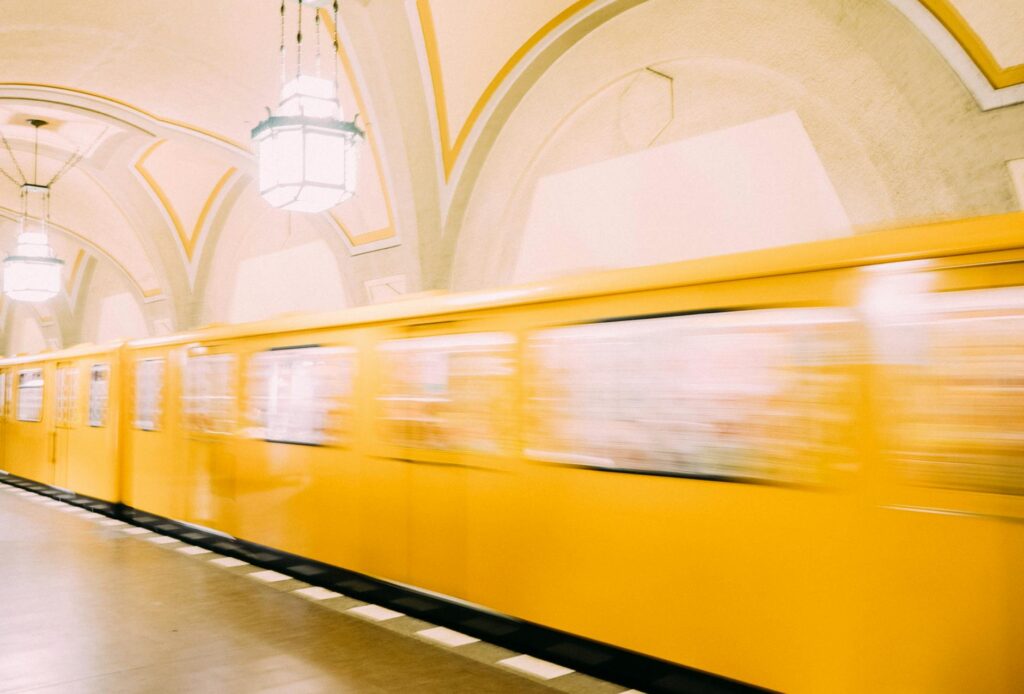What Really Makes a Train “Superfast”? Let’s Break It Down
So, What’s the Big Deal About Superfast Trains?
You know how sometimes you’re stuck on a train that feels like it’s crawling? Yeah, we’ve all been there. But then there are those trains—the ones that actually get you places on time. Those are the superfast ones. But here’s the thing: it’s not just about going fast. There’s a whole system behind it. Let me explain.
1. The Magic Number: When a Train Gets the Superfast Tag
It’s All About That Average Speed
Okay, here’s how it works in India. If a train can keep up an average speed of 55 km/h—and that’s including all those annoying stops—it gets called superfast. To put that in perspective, your regular Mail/Express trains? They’re doing maybe 45-50 km/h on a good day. But the big boys like Rajdhani or Shatabdi? They’re often hitting 80 km/h or more. The difference is crazy when you actually experience it.
What Else Makes Them Special?
It’s not just speed, though that’s the main thing. These trains get the royal treatment—priority on the tracks, fewer stops, better engines. Basically, they’re the celebrities of the railway world. And just like celebs, they get to skip the line when there’s traffic.
2. Just How Many of These Speed Demons Are There?
The Numbers Might Surprise You
Right now, India’s running over 1,200 superfast trains. That includes all the famous ones you’ve heard of—Rajdhani for connecting state capitals, Shatabdi for those quick day trips, Duronto for the long hauls without stops. They’re moving millions of people every single day.
Where You’ll Find Most of Them
If you’re in the Northern or Western zones, you’ll see these trains everywhere. Think busy routes like Delhi to Mumbai or Delhi to Kolkata. Those tracks are basically superfast highways.
3. The Tech That Makes It Possible
It Starts With the Engines
Modern trains like the WAP-7? They’re packing over 6,000 horsepower. That’s like strapping a rocket to your morning commute. And the tracks are getting better too—less wobble, fewer delays. Plus, with dedicated freight lines opening up, passenger trains aren’t stuck behind slow cargo haulers anymore.
What’s Coming Next?
Get this—India’s working on a bullet train between Mumbai and Ahmedabad that’ll do 320 km/h. There’s already the Gatimaan Express hitting 160 km/h. The future’s coming fast, pun intended. The goal? Get you where you’re going quicker, but without cutting corners on safety.
4. How to Keep Tabs on These Speedsters
There’s an App for That
Seriously, apps like Where is my Train or IRCTC Rail Madad will tell you exactly where your train is in real time. No more guessing games at the station.
Want to See How Fast You’re Going?
Here’s a fun trick—use Google Maps on some routes, or check indianrail.gov.in. There’s something weirdly satisfying about watching that speed tick up as you leave the station.
5. Burning Questions About Superfast Trains
Why Do They Still Get Delayed Sometimes?
Look, even these trains aren’t magic. Bad weather, too many trains on the track, or just technical issues can slow things down. They’re working on it, but you know how things go.
Are They More Expensive?
Yeah, there’s a superfast charge—usually between ₹30–75. But honestly? When you’re saving hours of travel time, it’s totally worth it.
Wrapping It Up
Superfast trains are where smart engineering meets practical travel. Next time you’re on one, take a second to appreciate how fast you’re actually moving—you might be doing 110 km/h without even realizing it. Got any crazy train stories? Drop them below. And hey—safe travels!
Source: News18 Hindi – Nation

